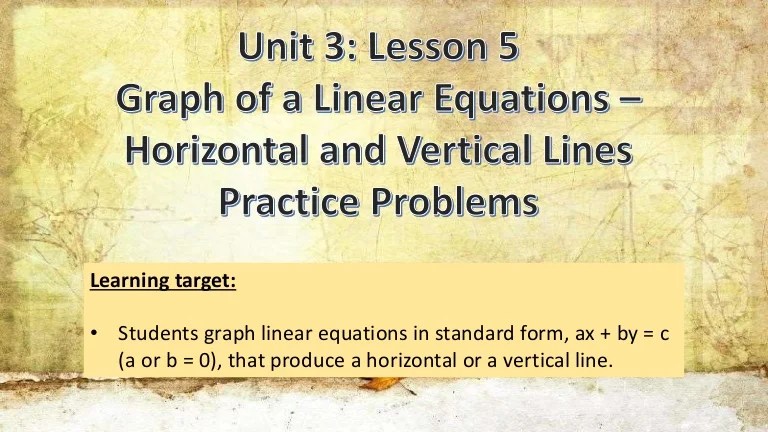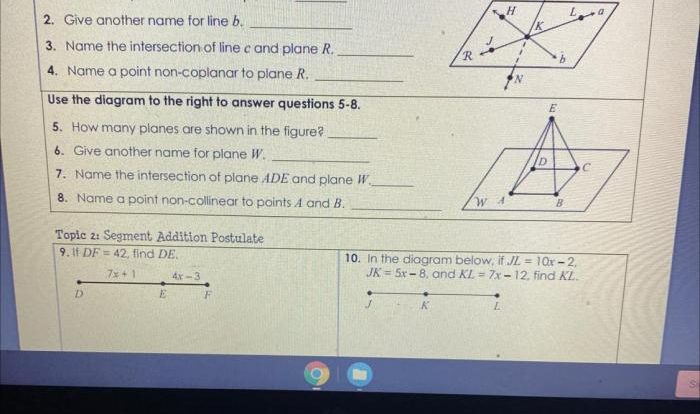The study of strange lines vertical and horizontal homework delves into the realm of geometry, where lines take on intriguing forms that challenge our perception of the ordinary. This comprehensive guide unravels the mysteries of vertical and horizontal lines, exploring their properties, applications, and the captivating world of strange lines that defy the norm.
Vertical and horizontal lines form the foundation of geometry, providing a framework for understanding the world around us. These lines possess distinct characteristics that differentiate them from other types of lines, and their analysis reveals valuable insights into the structure and patterns of our surroundings.
Vertical and Horizontal Lines

In geometry, vertical and horizontal lines are two fundamental types of straight lines that are perpendicular to each other. Vertical lines run straight up and down, parallel to the y-axis, while horizontal lines run straight left and right, parallel to the x-axis.
Examples of vertical lines can be found in everyday objects such as the edges of a building, the trunk of a tree, or the sides of a door frame. Horizontal lines can be seen in the horizon, the surface of a table, or the top of a fence.
Table of Differences between Vertical and Horizontal Lines
| Characteristic | Vertical Line | Horizontal Line |
|---|---|---|
| Orientation | Up and down | Left and right |
| Parallel to Axis | y-axis | x-axis |
| Slope | Undefined | 0 |
Strange Lines: Strange Lines Vertical And Horizontal Homework
Strange lines refer to lines that deviate from the standard vertical or horizontal orientation. These lines may appear slanted, curved, or even fractal in nature.
Examples of strange lines include the trajectory of a thrown object, the path of a roller coaster, or the coastline of a continent. Strange lines can also be created artificially, such as in the design of a painting or sculpture.
Causes of Strange Lines, Strange lines vertical and horizontal homework
- Gravitational forces
- Momentum
- Wind resistance
- Artistic intent
Analyzing Strange Lines

Analyzing strange lines involves examining their properties, such as their slope, curvature, and length. Various tools and techniques can be used, including:
- Geometric equations
- Calculus
- Computer simulations
By analyzing strange lines, researchers can gain insights into the forces and factors that shape them.
Applications of Strange Line Analysis
Strange line analysis finds applications in diverse fields, such as:
- Physics:Studying the trajectories of projectiles and other objects in motion.
- Engineering:Designing structures that can withstand complex forces.
- Computer graphics:Creating realistic and visually appealing images.
Despite its limitations, such as the difficulty in accurately measuring and interpreting strange lines, this field of study continues to offer valuable insights into the world around us.
Expert Answers
What are the key differences between vertical and horizontal lines?
Vertical lines run straight up and down, perpendicular to the ground, while horizontal lines run from side to side, parallel to the ground.
What are some examples of strange lines?
Strange lines can include curved lines, zigzag lines, or lines that intersect at unusual angles.
How can strange lines be analyzed?
Strange lines can be analyzed using tools such as rulers, protractors, and compasses, as well as mathematical equations.
